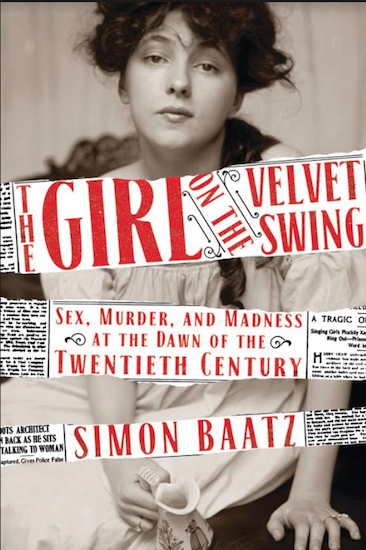Historian writes true-crime account of Evelyn Nesbit scandal
Brooklyn BookBeat

The publication of “The Girl on the Velvet Swing” comes at a time when sexual harassment is being taken seriously and punished in a way never seen before. Everyday women are speaking out, telling the world that they suffered abuse from a sexual predator, typically an influential man who used his celebrity and his power to grope, and even to rape.
Now, for the first time, comes an authoritative account of the brutal rape of Evelyn Nesbit by the famed architect Stanford White, a partner of the firm McKim, Mead & White. Stanford White’s attack of Evelyn Nesbit should have been called rape — and the penalty for rape in 1901 was severe, more severe than in 2017, a prison sentence of 20 years under brutal conditions in the state penitentiary with no possibility of parole. Public opinion in 1906 (after the murder of White) overwhelmingly condemned White as a pedophile and rapist. But over the years, to burnish White’s reputation as an architect, the rape was whitewashed as a “seduction.”
New York Times bestselling author Simon Baatz’s “The Girl on the Velvet Swing: Sex, Murder, and Madness at the Dawn of the Twentieth Century” is a fascinating true-crime story, a thrilling account based on exhaustive research in the newspapers of the day. In 1901, Evelyn Nesbit, 16, an artist’s model and aspiring actress, dined alone with Stanford White, 47, at White’s Manhattan townhouse. That evening, they drank champagne and Evelyn lost consciousness. She awoke naked in bed with White lying next to her surrounded by tell-tale spots of blood on the bed sheets.

Brooklyn Boro
View MoreNew York City’s most populous borough, Brooklyn, is home to nearly 2.6 million residents. If Brooklyn were an independent city it would be the fourth largest city in the United States. While Brooklyn has become the epitome of ‘cool and hip’ in recent years, for those that were born here, raised families here and improved communities over the years, Brooklyn has never been ‘uncool’.